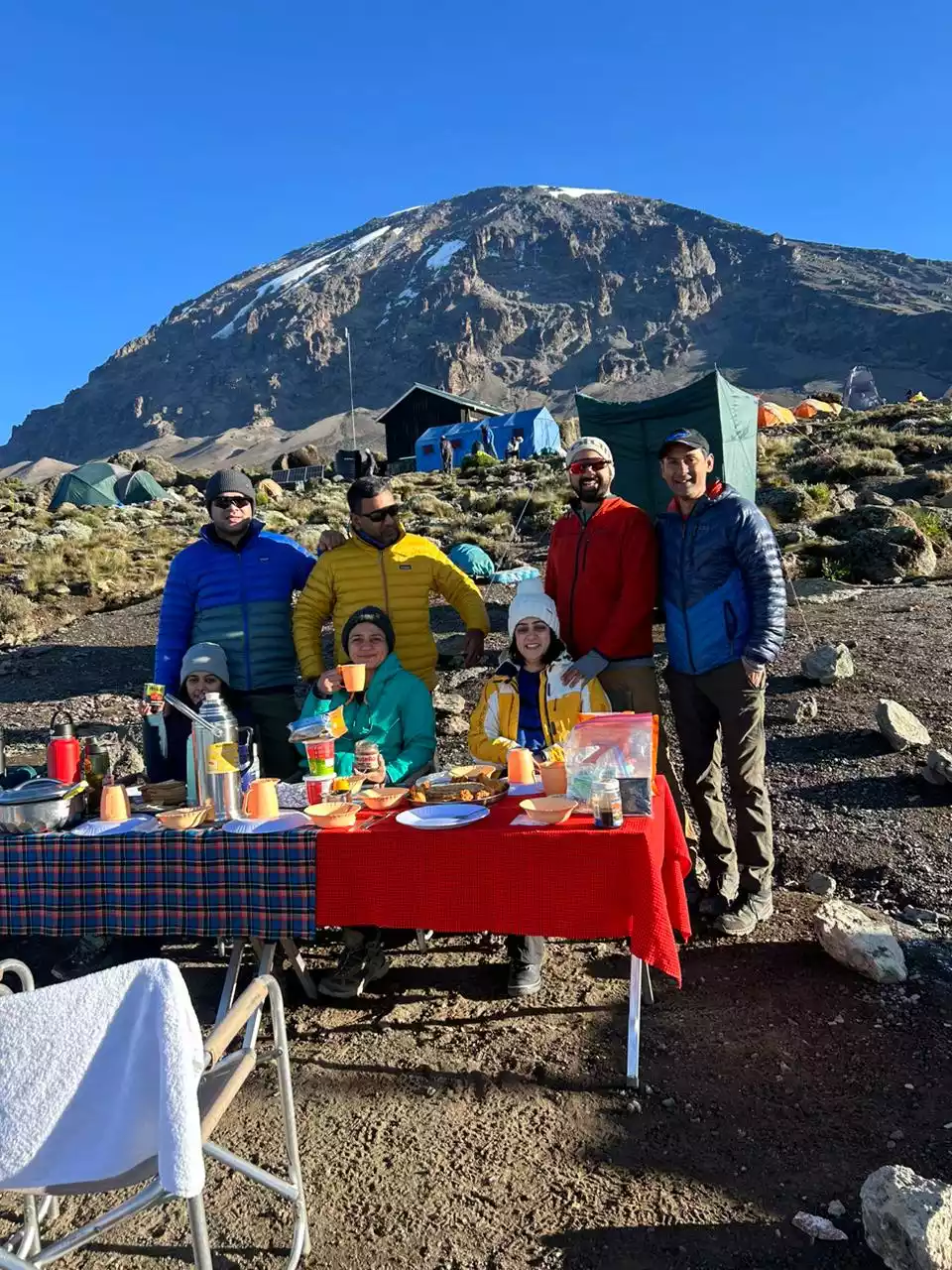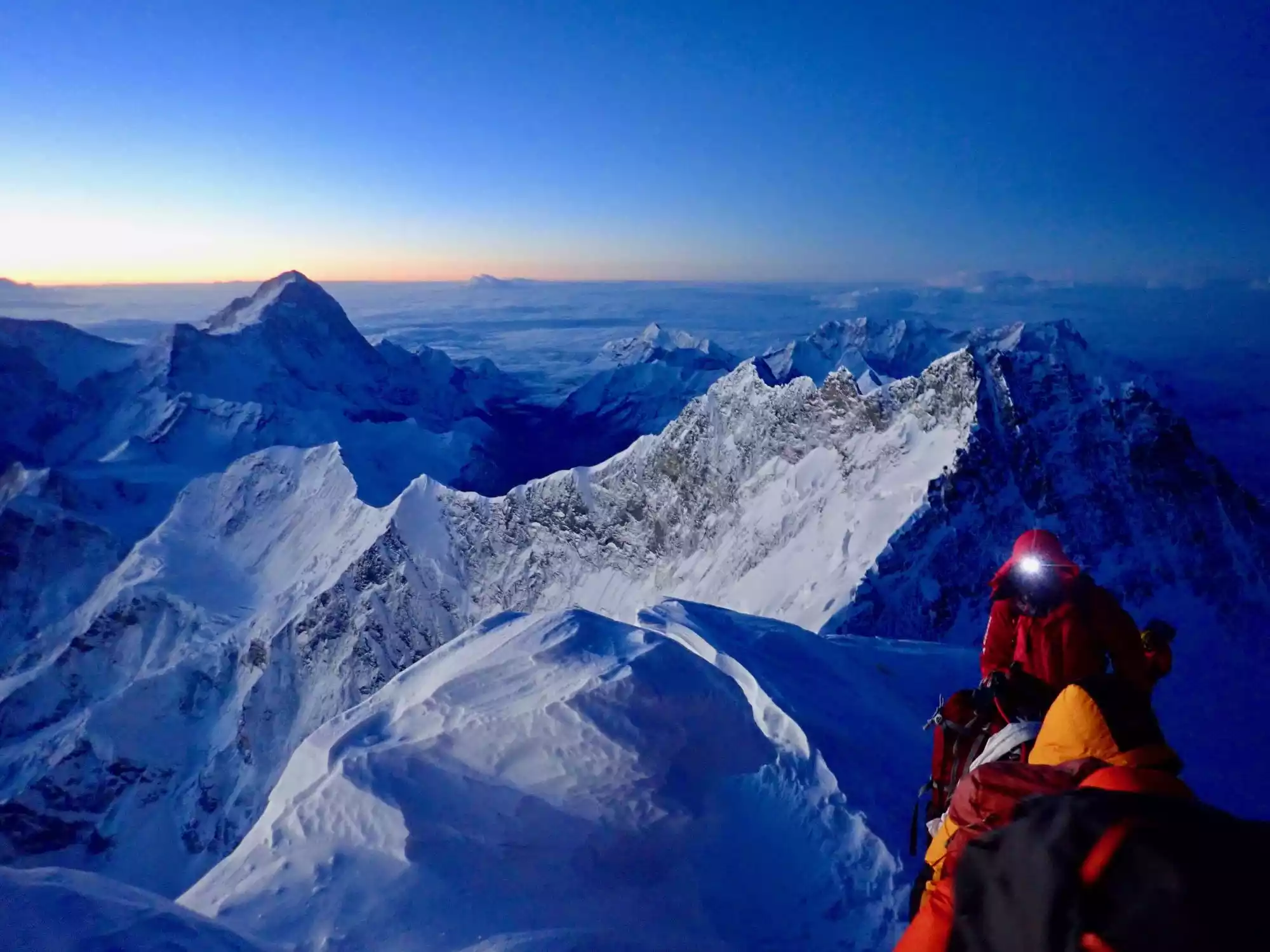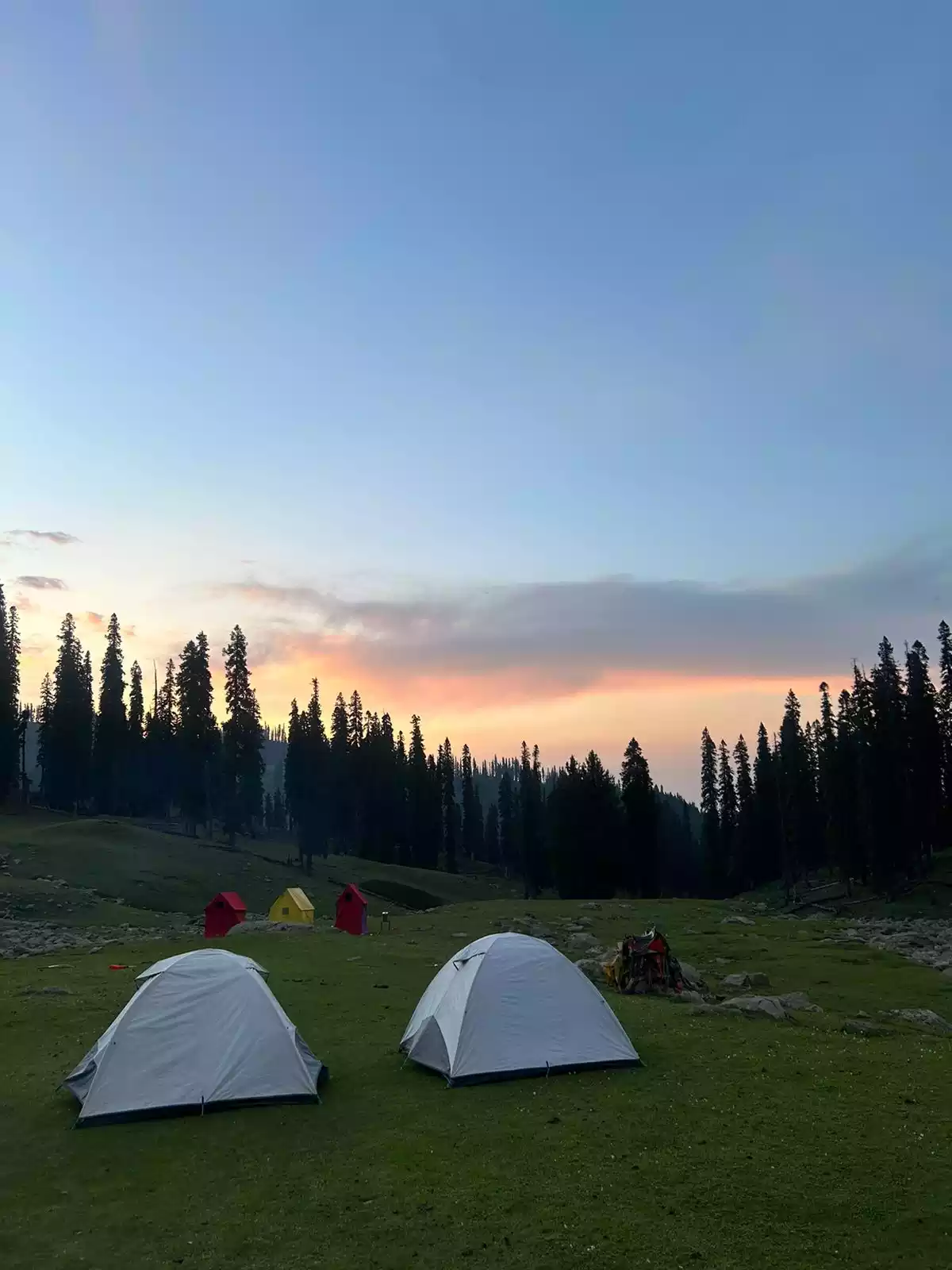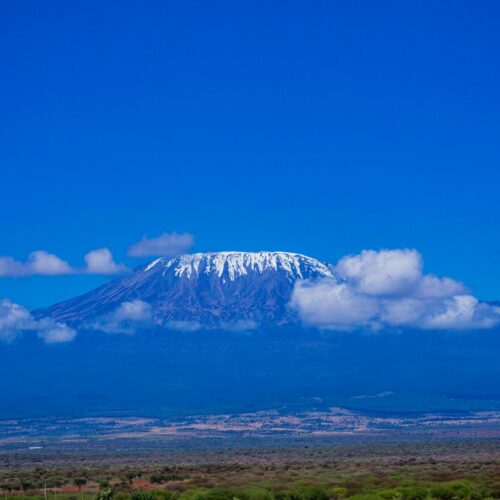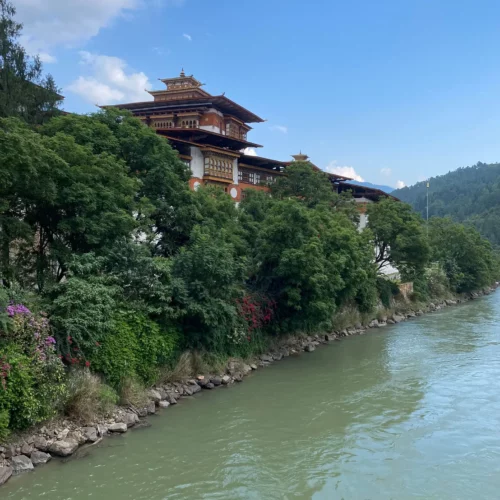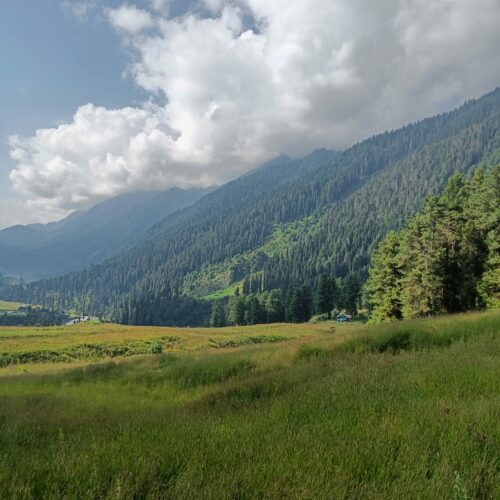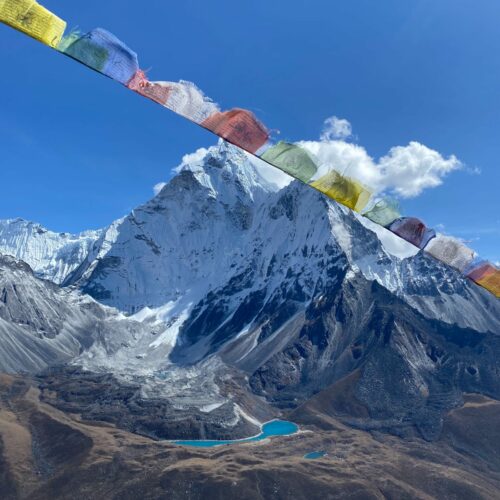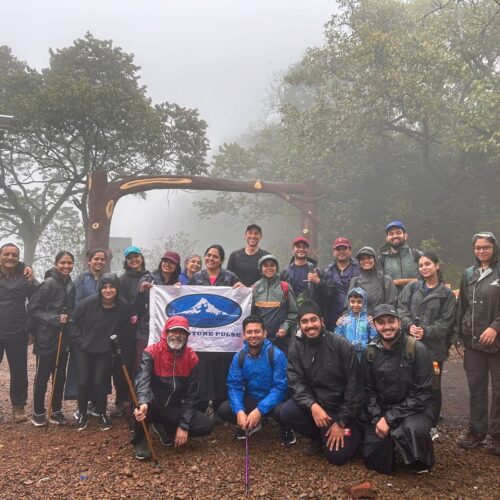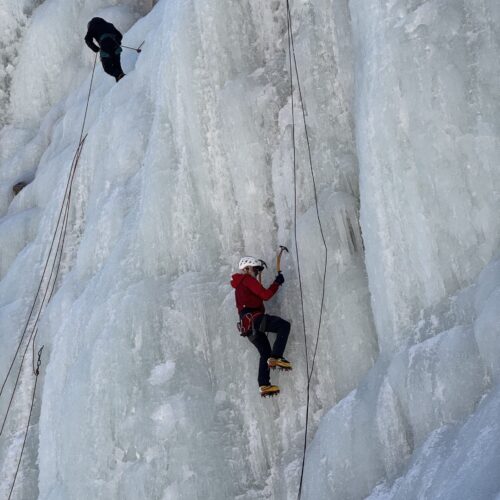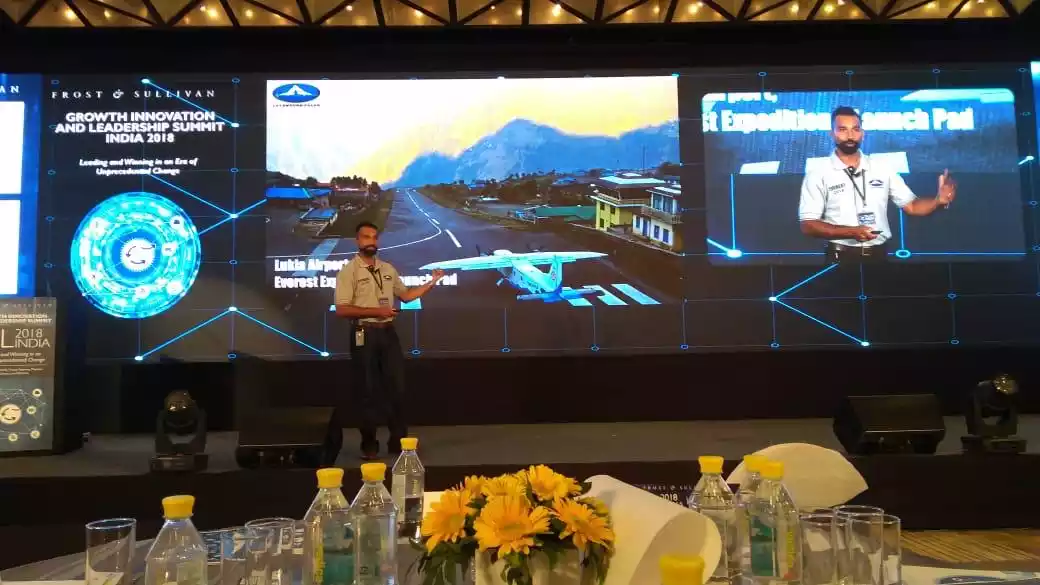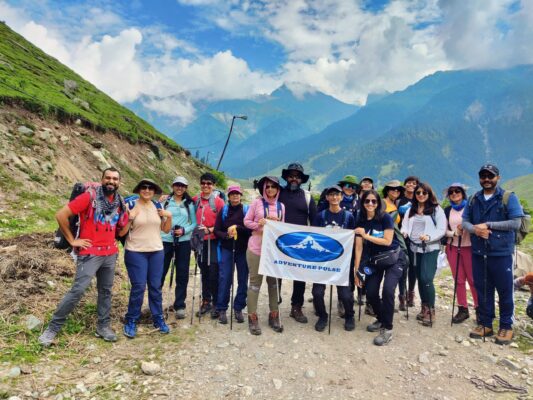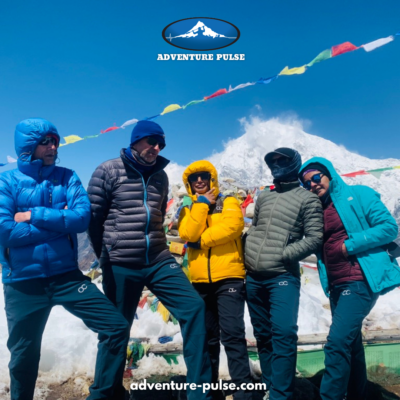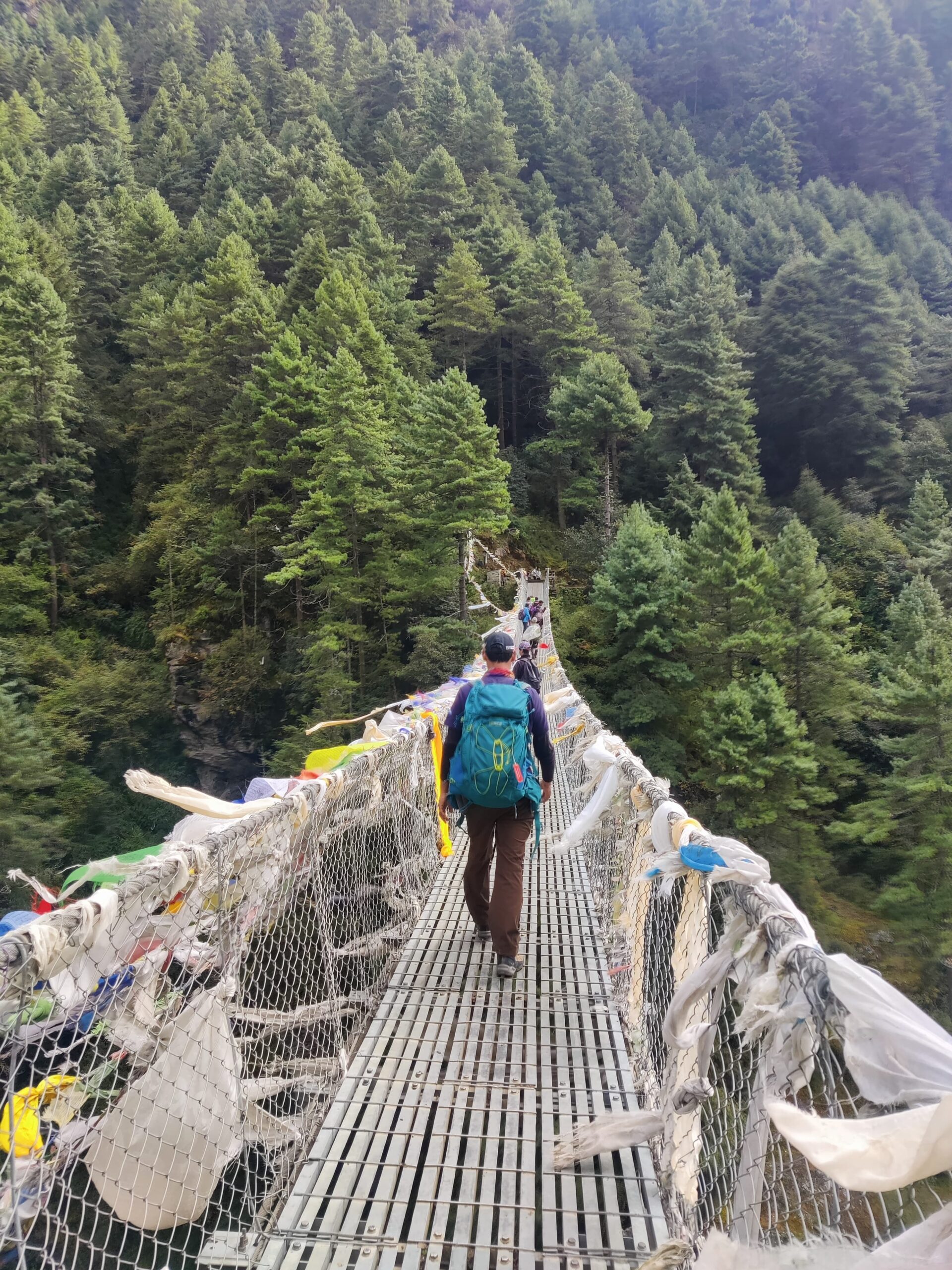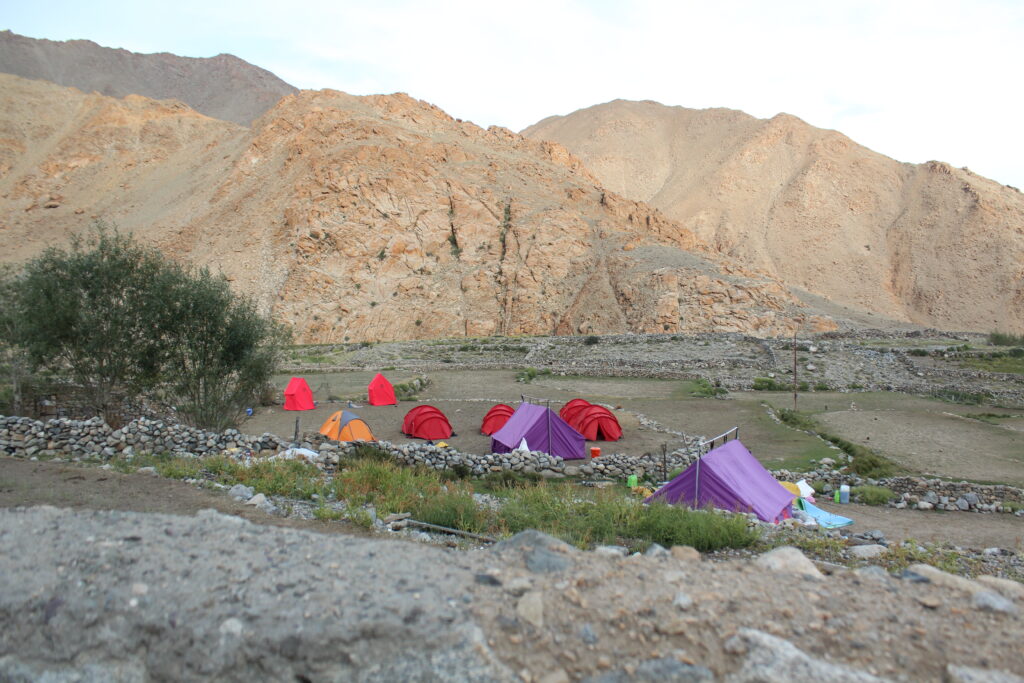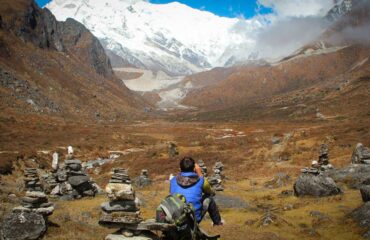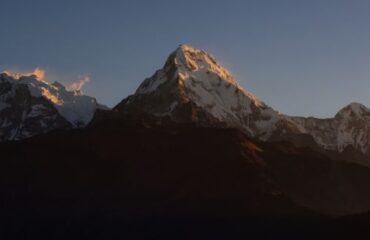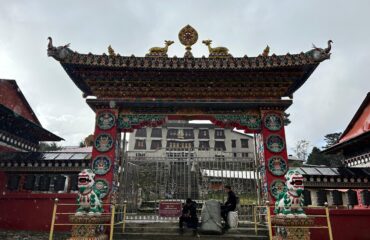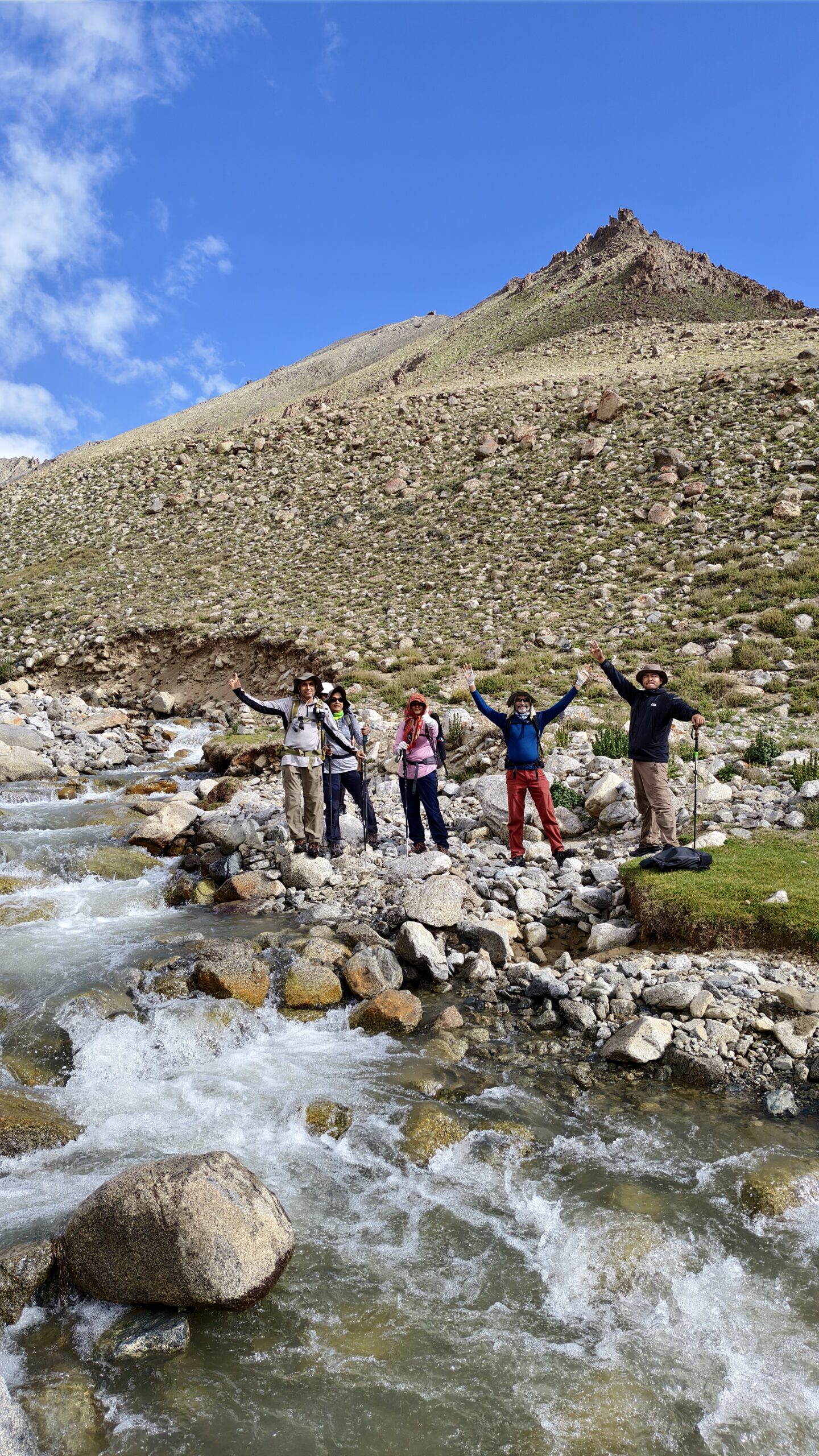
High-altitude trekking in Ladakh is never just about covering kilometers. It is about adapting to thin air, feeling the terrain shift under your feet as you move from arid mountainsides to alpine pastures, and confronting the challenge of crossing passes that scrape the sky. Among these journeys, the Lasermo La Trek holds a special charm. Connecting the Indus Valley near Leh with the remote and enchanting Nubra Valley, this trek is both a physical challenge and a cultural passage across Ladakh’s rugged spine.
The highlight is undoubtedly the Lasermo La at 5450 m, but what makes this trek memorable is the steady build-up in altitude, the contrasting landscapes on either side of the pass, and the immersive experience of walking through some of Ladakh’s most pristine valleys.
For trekkers planning this journey, understanding the rigors of altitude and the actual distances being covered is a good place to start. It helps you not only prepare in terms of fitness but also in pacing yourself through the expedition on ground.
Below is a detailed breakdown of the trek into logical stages. Each section outlines the altitude profile, approximate distances covered daily, and the nature of terrain you can expect on the trail.
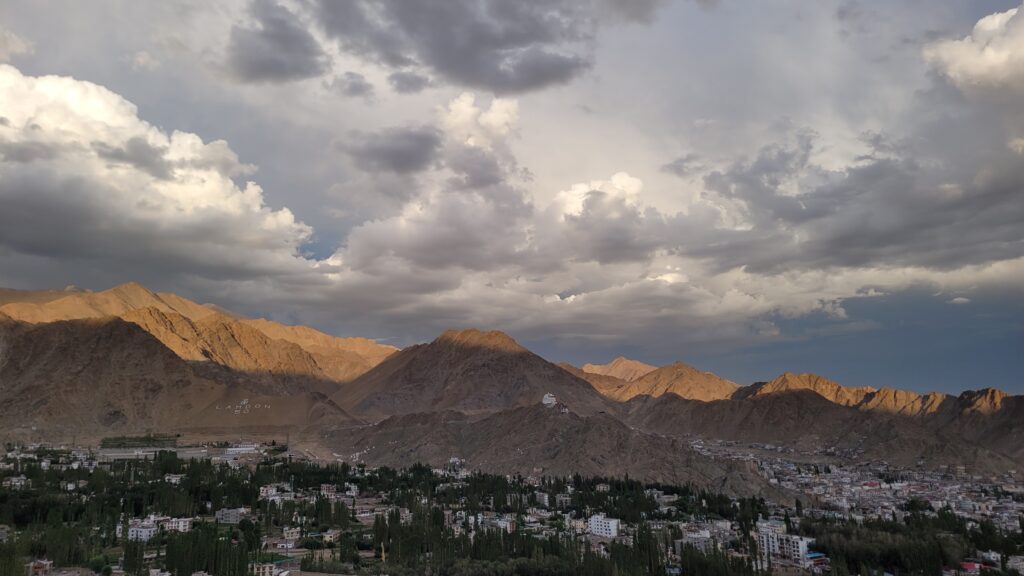
Days 1-2: Acclimatization in Leh (3500 m)
Every trek in the high altitude desert of Ladakh begins with patience, and the Lasermo La Trek is no exception. At 3500 m, Leh already sits at an elevation where the oxygen levels are significantly lower than at sea level. Spending 2 nights here allows the body to gradually adapt before moving higher. These days are not about trekking, but they are crucial.
Rest, hydration and gentle walks through Leh’s bazaar is what we recommend during this 48-hour window. The aim is not to rush up the scree slopes of the ranges around but to pace yourself allowing your body to catch up to thinner air.
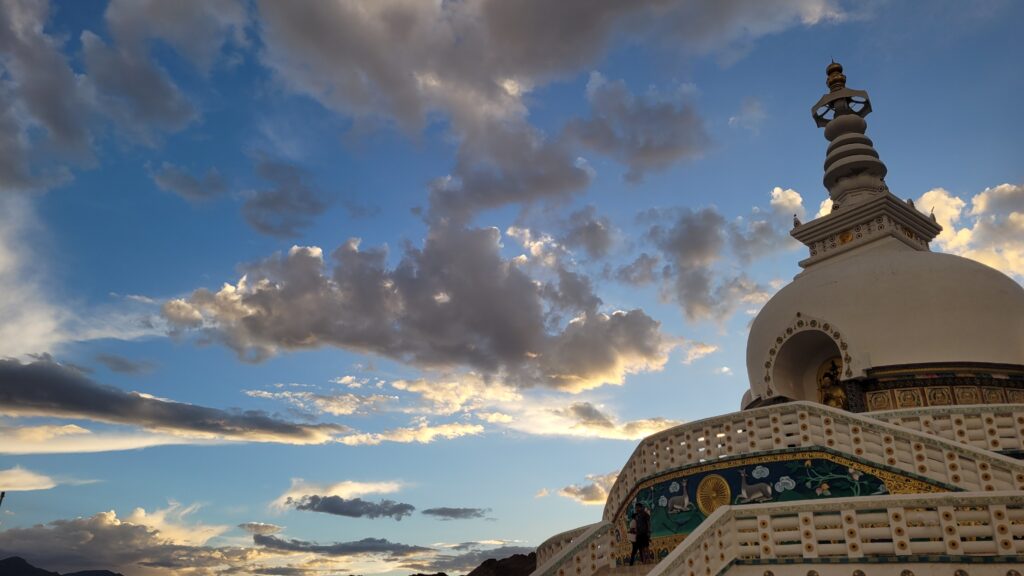
Shanti Stupa can serve as a light acclimatization hike on the second evening while also giving a taste of Buddhist culture. Additionally, you can visit the Thiksey or Spituk Monasteries nearby and walk around the ancient gompas bringing your body up to speed.
Skipping or ignoring proper acclimatization is one of the biggest mistakes trekkers make, and the structured pause here sets you up for a successful week ahead.
Day 3: Drive from Leh to Morobuk (4000 m)
- Distance: 1–2 km (short acclimatization hike around the village)
- Altitude Gain: +500 m (by road)
The trek begins not with a long walk but with a drive out of Leh towards the tiny settlement of Morobuk which lies above the village of Phyang. Today’s theme is spirituality, as en-route we have pit stops at the Patthar Sahib Gurudwara and the 500+ year old Phyang Monastery. We stop and pray at these holy sites for safe passage and fair weather during our journey.
With the campsite perched on farmland at an elevation of 4000m, the day is deliberately kept light in terms of exertion, involving only a short acclimatization hike in the surrounding area.
The terrain here is typical of Ladakh’s high-altitude desert – dry, jagged slopes with sparse vegetation. It is an introduction to the stark beauty characteristic of the Indus Valley.
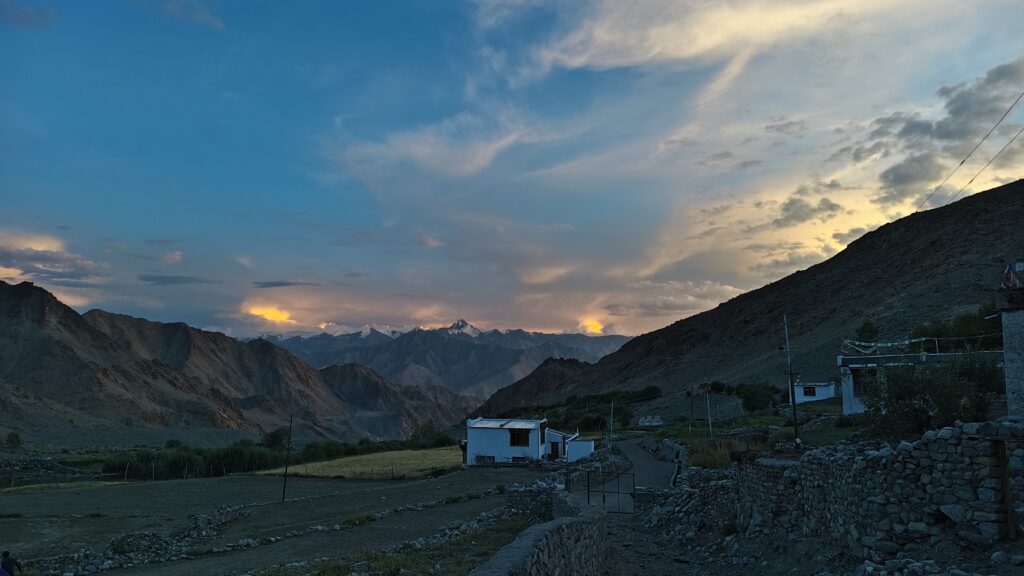
A short walk to the ridge above our camp helps the body ease into the higher altitude while keeping fatigue minimal. We also get a chance to witness a stunning sunset over the Stok Range with Stok & Golep Kangri standing tall in the distance.
Day 4: Morobuk (4000 m) to Sumzom (4600 m)
- Distance: 8–9 km
- Altitude Gain: +600 m
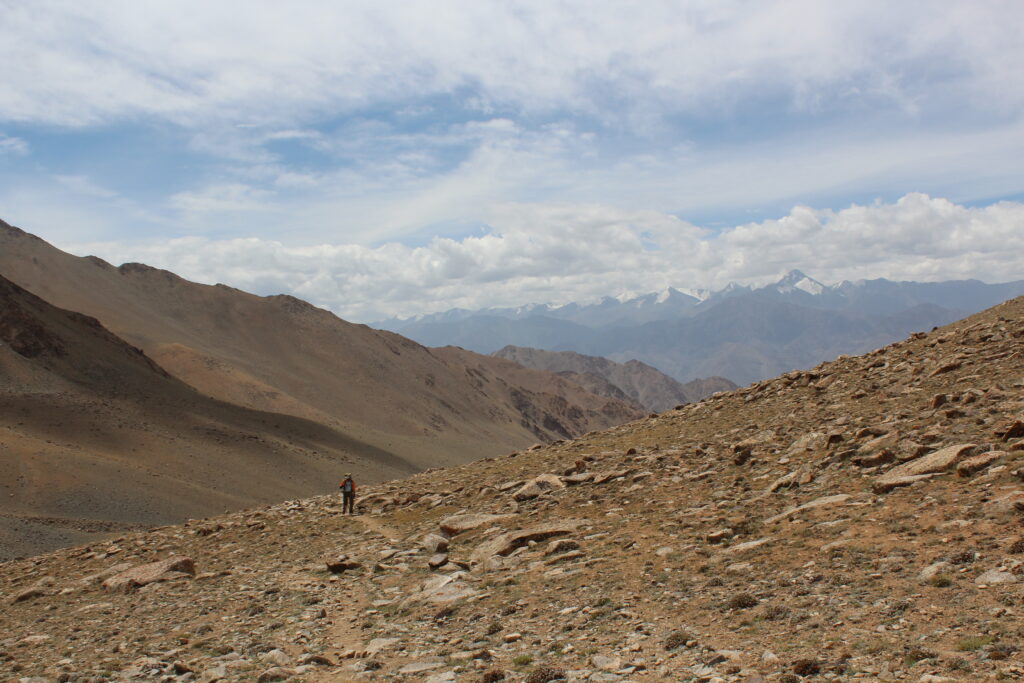
This is our first long trekking day. The trail climbs steadily out of Morobuk, weaving through high pastures where yaks and dzos graze in summer. The terrain is a mix of dusty trails and stretches of boulders, with gradual ascents punctuated by a few descents that lead to the odd stream crossing as we traverse the contours of the mountainside.
The climb to Sumzom feels demanding but gradual, and the changing mountain backdrop provides constant motivation. While we gain close to 600m of elevation today, at no point does the climb feel overly arduous or and the gradient does not push you to your absolute limit.
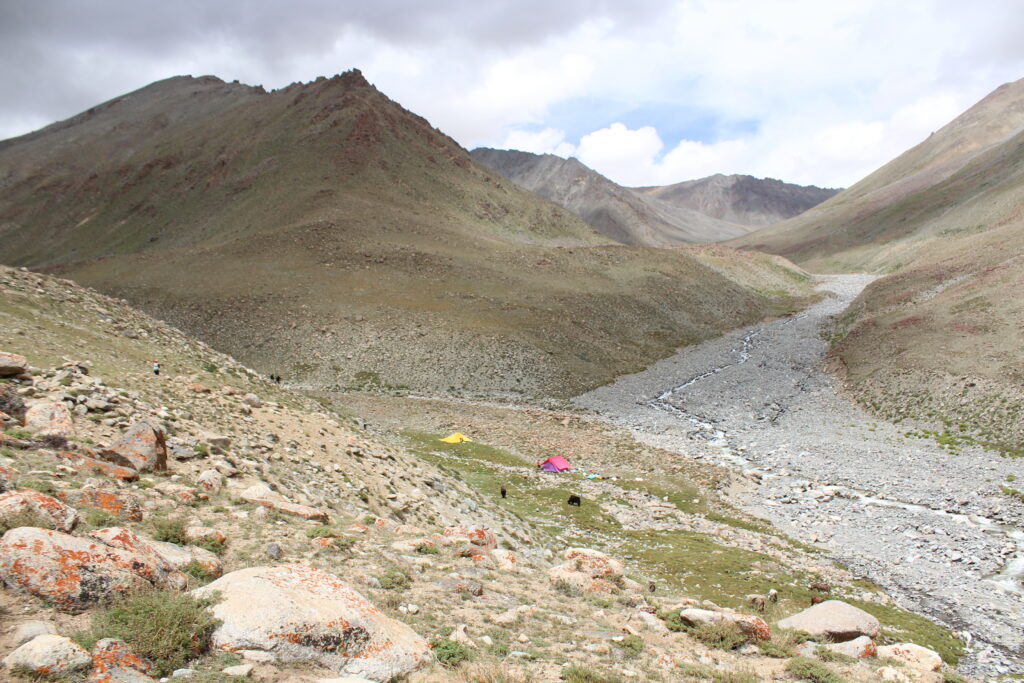
At 4600m, Sumzom is already higher than several Himalayan passes in the neighbouring states of Uttarakhand or Himachal, and the thin air definitely impacts your pace. Trekkers should expect 5–6 hours of walking at a slow and steady rhythm before arriving at a campsite which marks the intersection of 3 valleys (Sum: three | zom: intersection). You also witness the confluence of two alpine rivers that combine to flow down as the Phyang Nala.
Day 5: Sumzom (4600 m) to South Base of Lasermo La (4950 m)
- Distance: 6-7 km
- Altitude Gain: +350 m
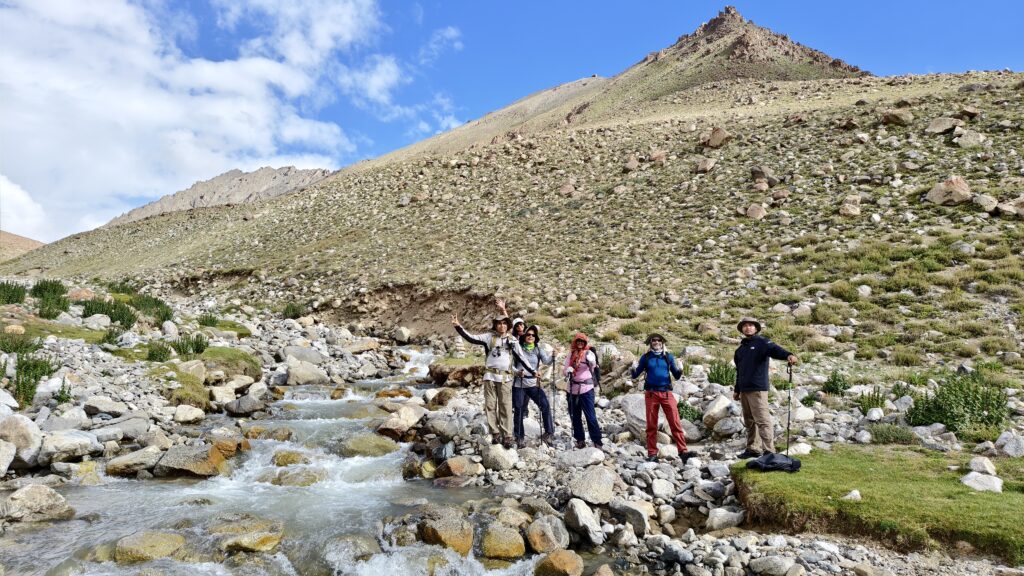
Today is a relatively short, transitionary day which takes form high altitude yak pastures towards glacial terrain. The path becomes more rugged with dirt trails being replaced with long sections of rocks and boulders as you approach the southern base of Lasermo La. A few river crossings clubbed with these boulder-strewn stretches demand careful footing and concentration.
Our camp at South Base, set at an eye watering 4950 m (we cross over the 5000m mark briefly before a very short descent to our tents), is the highest campsite of the trek and often quite chilly as the winds from the valley below as well as the pass are funneled here. The reduced oxygen levels make even modest climbs feel strenuous.
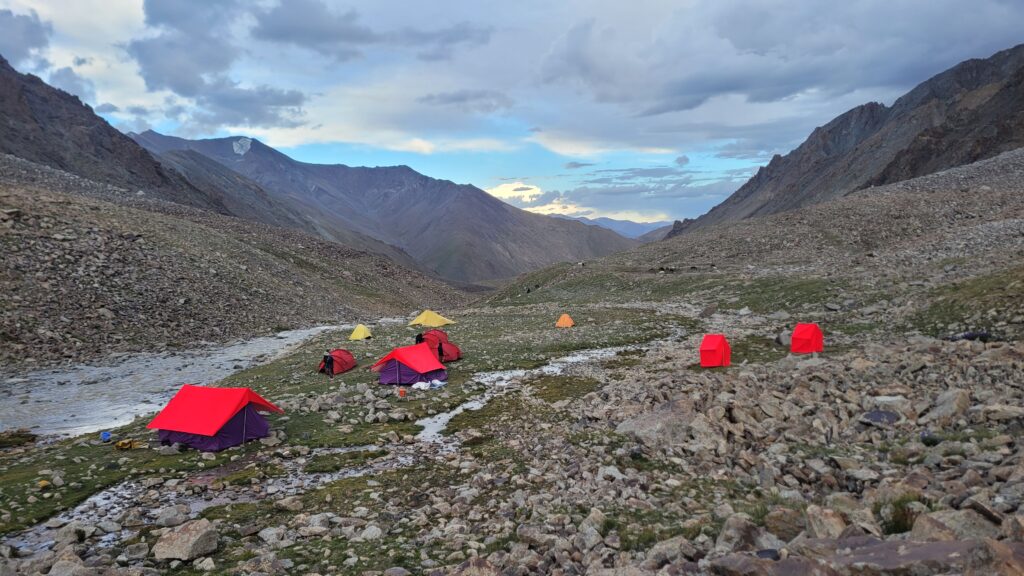
This day is all about patience, hydration, and conserving energy for the big crossing ahead. The views of surrounding ridges and the sight of snow in the distance hint at the challenges of the next day.
Day 6: South Base (4950 m) to North Base (4850 m) via Lasermo La (5450 m)
- Distance: 14 km
- Altitude Gain: +500 m to the pass, then -600 m descent
This is the defining day of the trek and also the most physically and mentally demanding one. From the South Base, the trail gradually rolls uphill for a few kilometers to right under the glacier near the Lasermo La.
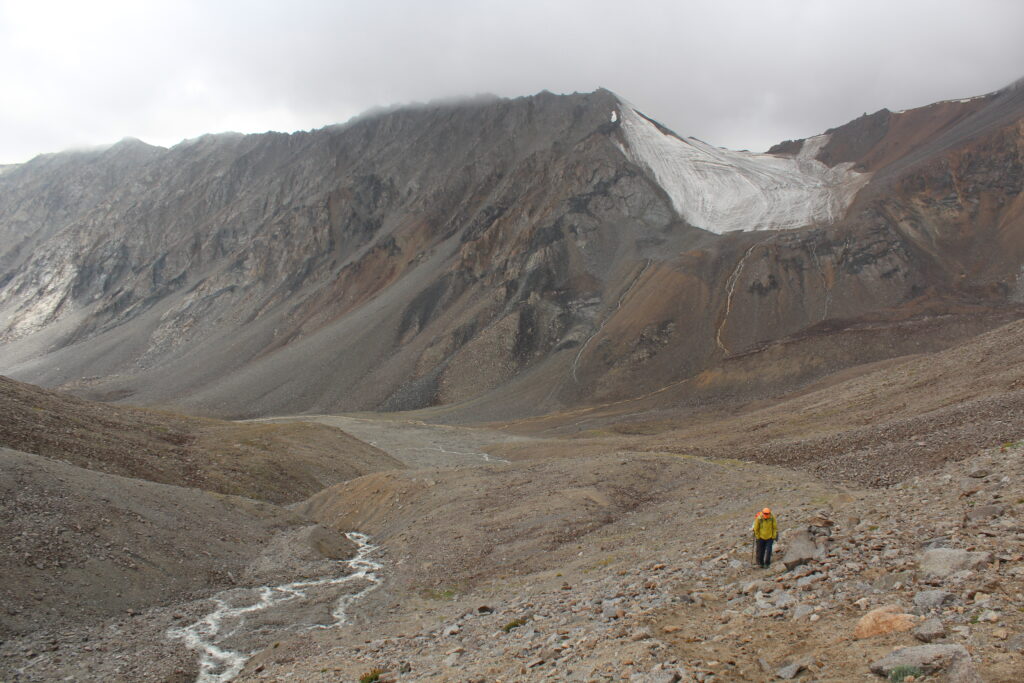
After a short break at the head of the valley, we begin the steep and unforgiving climbing through scree and moraine with countless switchbacks that truly test your mettle. The climb can feel unending and the pass feels unattainable at times. Over 4-5 hours later you trudge up, finally arriving at 5450m as the Lasermo La rewards you with 360-degree panoramas of both the Karakoram and Ladakh ranges – a moment that justifies every step of the ascent.
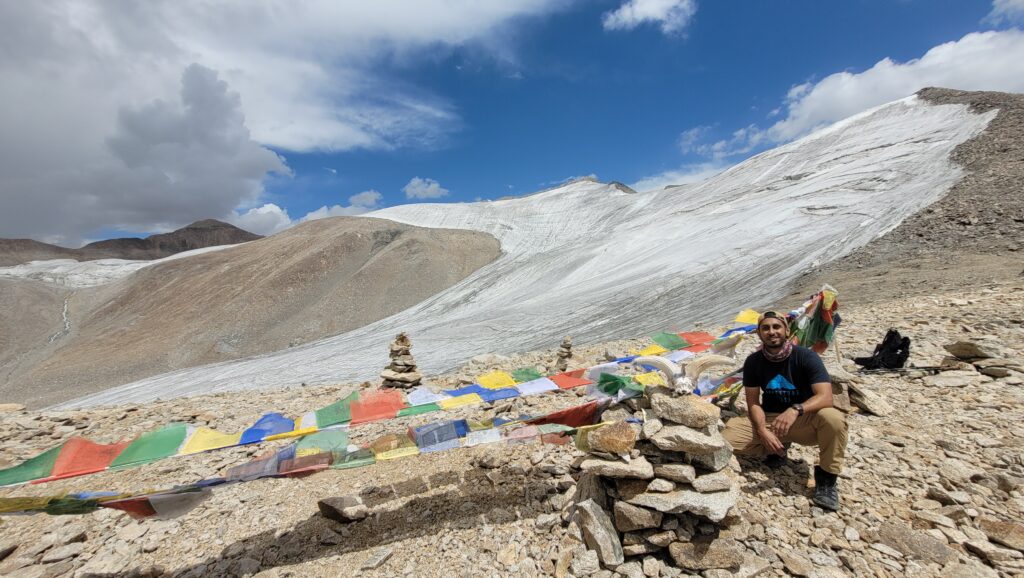
On either side lie massive glaciers with the 6000m+ Lasermo Peak towering above. The descent to the North Base is equally if not more challenging. It is achingly long and requires careful footing, especially through a long section on icy glacial slopes followed by a seemingly endless moraine on the northern slopes.
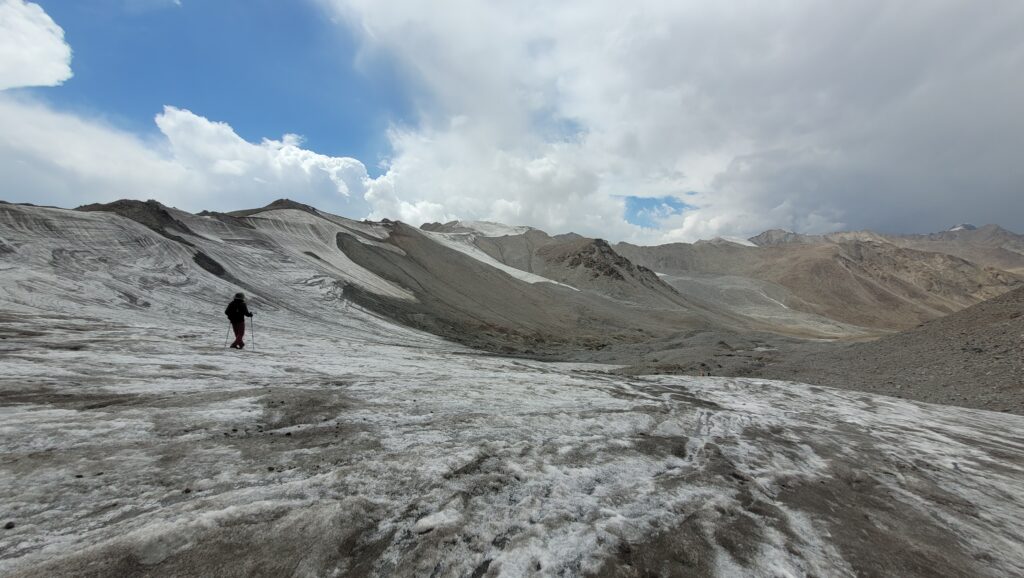
The total walking distance of 14-15 km makes this a full day on the trail, often taking 9+ hours. Trekkers should prepare for fatigue but also for a profound sense of achievement as you arrive at the riverbed on the Nubra side of the trek.
Day 7: North Base of Lasermo La (4850 m) to Hunder Dok Campsite (4400 m)
- Distance: 18 km
- Altitude Loss: -450 m
This is the longest walking day of the trek in terms of distance. Throughout, the trail gradually descends as we navigate wide open pastures, herds of baby yaks, small streams and surreal alpine flower meadows dotted with tarns (alpine lakes).
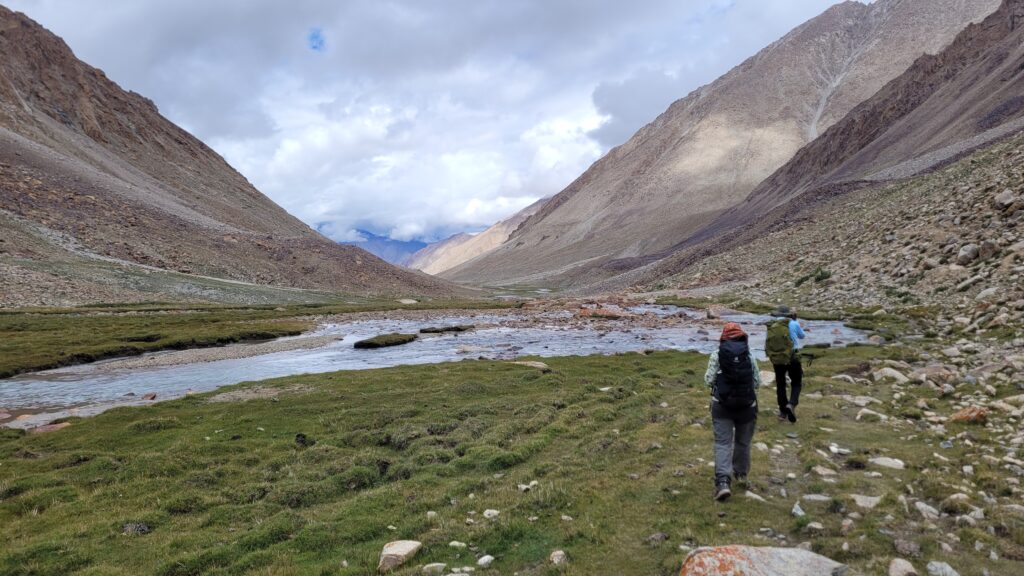
Compared to the rocky southern slopes, the Nubra side feels greener and gentler, a striking contrast that makes the walk particularly enjoyable. Though the descent is gentle, the length of the trail demands stamina, steady pacing and a strong resolve to push through what may feel like a never ending walk.
Expect 7–8 hours of trail time before arriving at the campsite of Hunder Dok, which we must say is potentially the most beautiful campsite on the trek – surrounded by grazing grounds, unnamed and unclimbed peaks, the widest section of river (which you’re welcome to dip into) and high ridges characteristic of Ladakh.
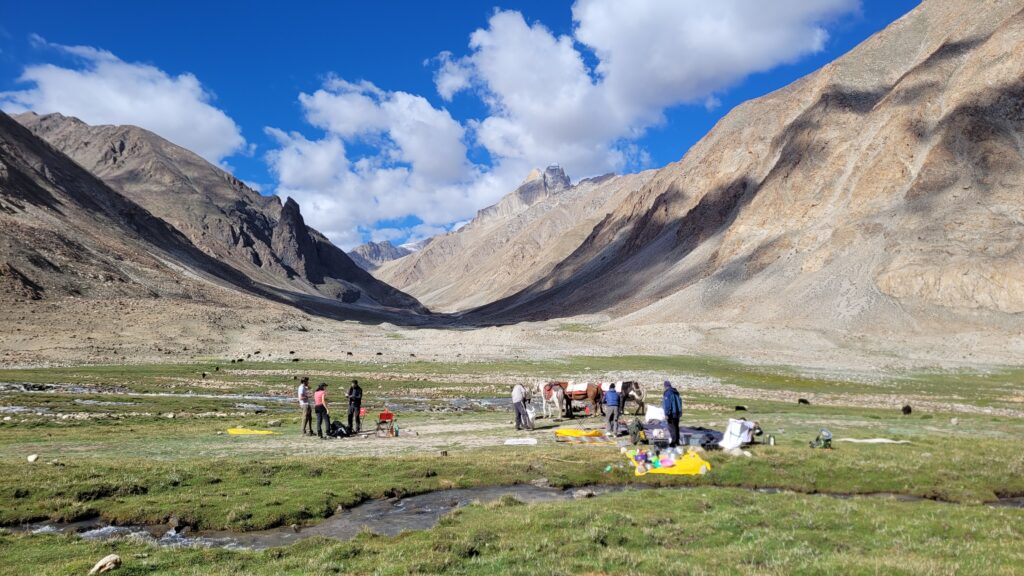
Day 8: Hunder Dok Campsite (4400 m) to Hunder Dok Village (3800 m), Drive to Hunder (3050 m)
- Distance: 6 km trek + 15 km drive
- Altitude Loss: -600 m (trekking), -750 m (drive)
The final trekking day eases you into the Nubra Valley with a final river crossover winding down to the village of Hunder Dok, a quaint and remote hamlet. We pass through lush green farm land, and stone-walled settlements that mark the beginning of habitation after days in the high wilderness.
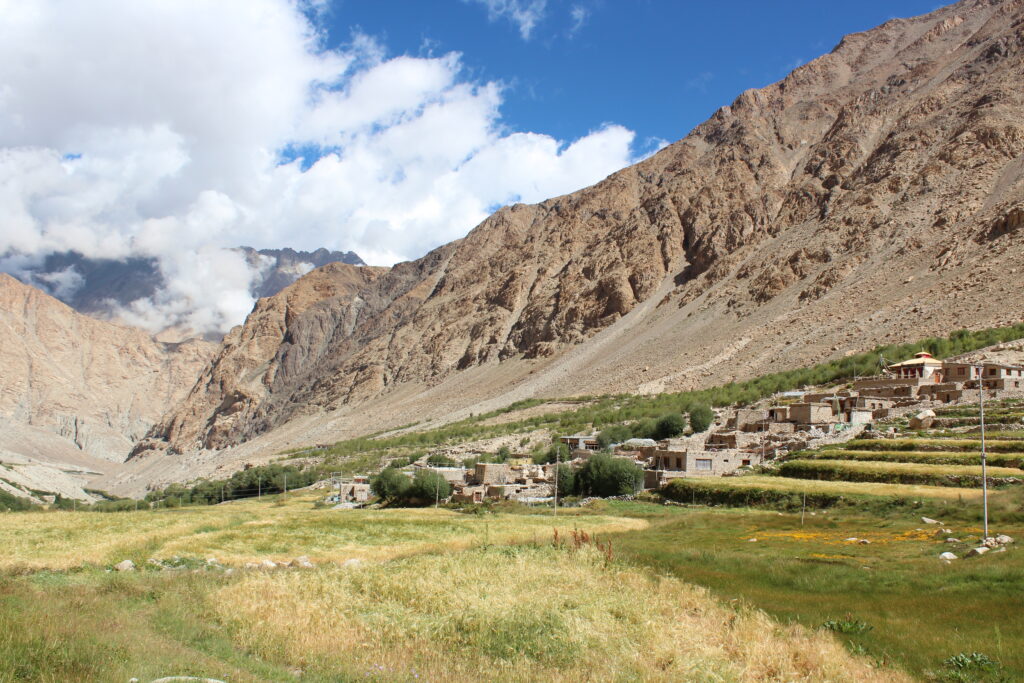
The walk itself is relatively easy and risk free, taking about 3 hours, after which a short 90-minute drive brings you to Hunder at 3050 m. Known for its sand dunes and double-humped Bactrian camels, Hunder feels like a world away from the barren slopes of the Indus side and marks the end of your trekking journey in the Shyok River Valley.
Days 9-10: Return to Leh via Khardung La (3500 m)
The trek concludes with a drive back to Leh over the iconic Khardung La, long celebrated as one of the highest motorable passes in the world. Though the walking is done, the journey is far from over, the road itself is an adventure, twisting its way up barren slopes and along ridgelines that reveal Ladakh’s dramatic topography in full grandeur. Every bend opens up vast panoramas of rugged mountains, glaciers glinting in the distance, and deep valleys carved by ancient rivers.
Arriving in Leh, spending one final night in the town allows time to pause and reflect. It is a moment to let the experiences of the trek settle in – the memories of crossing Lasermo La, wandering through alpine meadows, and descending into the fertile oasis of Nubra.
In total, you will have covered around 55 km on foot, a rewarding traverse through some of Ladakh’s most striking and varied landscapes, ending with a drive that ties together the cultural and geographical threads of the region.
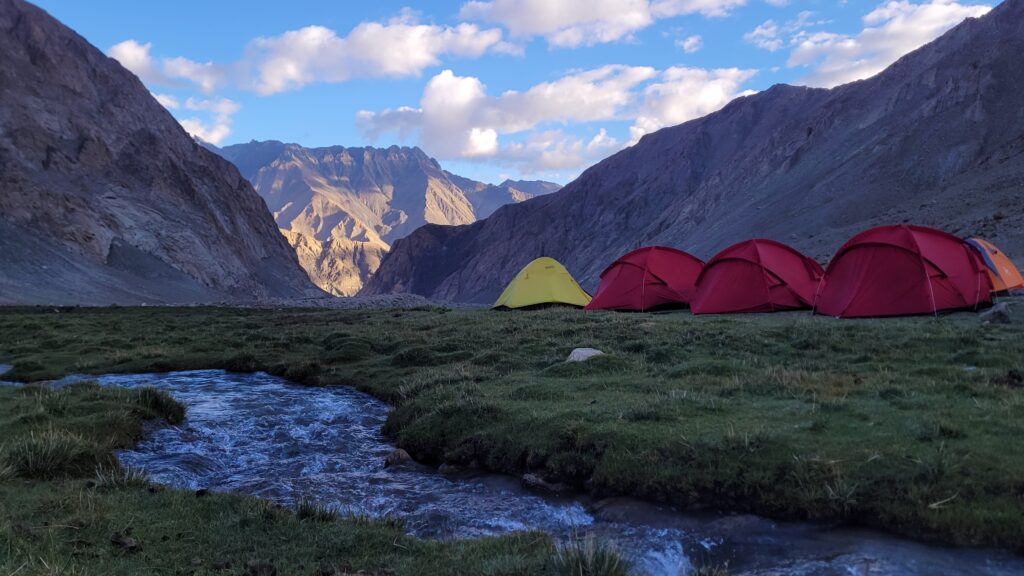
Quick Trekking Stats:
- Total Trekking Days: 5 (Days 4 – 8)
- Cumulative Distance Covered on Foot: 55 km
- Maximum Altitude: 5450 m (Lasermo La Pass)
- Highest Campsite: 4950 m (South Base)
- Longest Day: Day 7 (18 km)
- Shortest Day: Day 5 (6-7 km, but at very high altitude)
The Lasermo La Trek is not just a physical journey but also a lesson in acclimatization, endurance, and respect for Ladakh’s harsh yet stunning environment. Distances may seem modest compared to treks elsewhere, but at these altitudes every kilometer demands effort and awareness.
For those seeking a trek in the moonscape of Ladakh that blends challenge, variety of landscapes, and cultural immersion, Lasermo La stands out as a rewarding choice. It is a trek that teaches you to measure progress not in speed, but in steady steps and deep breaths, each one carrying you closer to the far side of the pass.

